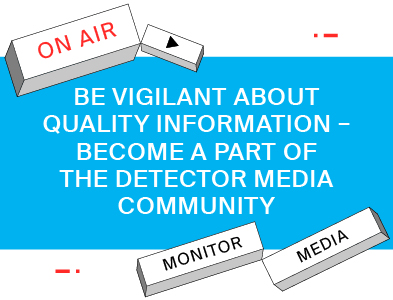Сonspiracy theories How conspiracy theorists explain events in Ukraine and the world: the Big Pharma theory
Propagandists continue to employ conspiracy theories to justify Russia's aggression against Ukraine and explain global events. One such theory, centered on Big Pharma, has long been used to accuse pharmaceutical companies of conspiring to manipulate healthcare systems for profit. In the context of school shootings in the United States, propagandists and conspiracy theorists have found new applications for this narrative, claiming that the perpetrators were allegedly under the influence of psychiatric medications, which led to their violent actions.
These claims divert attention from issues such as access to firearms and systemic mental health support, instead fueling anti-vaccine and anti-government sentiments. Such narratives are often amplified by media outlets promoting right-wing and conservative viewpoints, like Breitbart. The theory fosters distrust in science and medicine, inciting panic and rejection of medical treatment. This creates barriers to public dialogue about comprehensive solutions to violence and mental health challenges.
Russian propaganda leverages the Big Pharma conspiracy theory to undermine trust in Western medical systems and governments. Regarding school shootings in the U.S., Russian narratives portray pharmaceutical companies as villains, alleging they intentionally prescribe psychotropic drugs to young people, resulting in aggressive behavior. This aligns with a broader disinformation campaign aimed at discrediting the West.
The theory is also used to support Russia's aggression against Ukraine, advancing several key narratives. Propagandists claim that Western pharmaceutical companies, as part of a global corrupt enterprise, have a vested interest in the war to boost profits. In this context, the West is depicted as indifferent to Ukrainian lives. Russia further disseminates messages that Western aid is being used for experiments on Ukrainian citizens, including soldiers. Claims about biolabs and supposed vaccine and drug experiments in Ukraine are part of this theory, aiming to erode trust in the Ukrainian government and healthcare system.
Propagandists also push the idea that Ukraine, with Western assistance, is spreading diseases that threaten both the Russian population and the world at large. All of this is part of a larger disinformation campaign designed to justify Russian aggression and demoralize Ukrainians and their allies.

